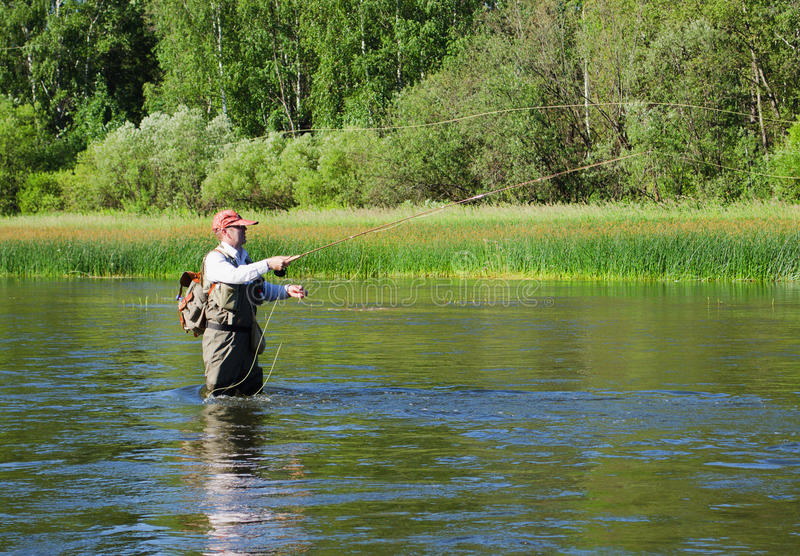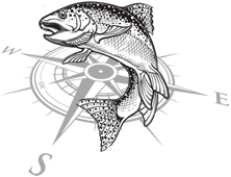
Well there you are. You are on a river during a great hatch of Mayflies and you have the right fly. It should be easy. Just get the fly out to the trout and you will end up with a battle that you hope to win with the prize being a beautiful wild rainbow trout. You know these trout are eating a Pale Morning Dun (PMD) mayfly and you have the proven pattern that other anglers are using to catch these feeding trout. You settle yourself into the river and begin to cast. You present your fly right where it needs to be to drift right into one trout’s feeding lane and within a split second your fly is ripped away from the jaws of a hungry trout by the full weight of the river. This is better known as drag.
The enemy of a fly fisher is wind and drag. Wind is something we can’t control but must deal with as best we can. Drag is something that will destroy any opportunity to be successful during an emergence. Drag is the artificial movement of your fly due to current on your fly line or leader causing your fly to be “dragged” across the surface of the river. The goal is to have our dry fly float as naturally, like the natural insect, as possible for as long as possible. We fly fishers deal with drag almost all the time. It’s how we prevent it from happening that distinguishes us from one another. One effective way to defeat drag is to continuously mend our fly line while on the surface. It’s a constant dance of flipping our line up stream eliminating drag as we go. Many of us will perform a mid-air mend known as a reach cast. A reach cast done by a perfectionist is almost magical. But most of us just struggle with the current of the river. Each feeding trout has what I call a waggle. A waggle is an up and down, side to side movement of the trout to keep itself in position in the rivers current. During an emergence or hatch it’s important that we float our imitation within that waggle. To do otherwise will end in failure.
An almost fail safe way to achieve a perfect presentation to a feeding trout is to use current or drag as your friend instead of your enemy. This calls for you to be a little strategic in where you put yourself in the river before you put your fly in front of a trout. Whenever possible try to be upriver looking down on a trout when casting to feeding trout. Another way of saying it, whenever possible the anglers should be upstream casting to a rising trout whenever possible. The more acute the angle between the angler, feeding trout and shore the easier and more accurate the cast will be. Most folks will tell you to be downstream behind a feeding trout whenever possible so it can’t see you and if you do catch a feeding trout it won’t scare all the rest. This position on the river is the opposite. When you are downstream casting to a feeding trout the more acute the angle is to the trout the harder and less accurate your cast will be. The farther you are downstream from a feeding trout the more you have to battle drag. Being upriver casting down to a feeding trout is easier and more accurate because drag now becomes your friend.
Make a bad cast behind a feeding trout and it’s going to be difficult to make that presentation work for you. If you make a bad cast when you are upstream from some trout it becomes easy to make the bad cast into a great cast by using a subtle movement of the rod tip and then allow drag or the current to move your fly into the feeding lanes where these trout are. Keep in mind I’m not saying you can’t catch feeding trout by being downstream from them, I’m simply saying it’s easier to make a great presentation by being upstream looking down on feeding trout. If you position yourself correctly the trout will not see you and it’s nearly impossible to scare a feeding trout.
The reality is more often that not we have no other choice but to be downstream casting to a feeding trout. That’s just the hand we have been dealt. Just know that you still can catch those trout it’s just the river is going to make you work for it.

